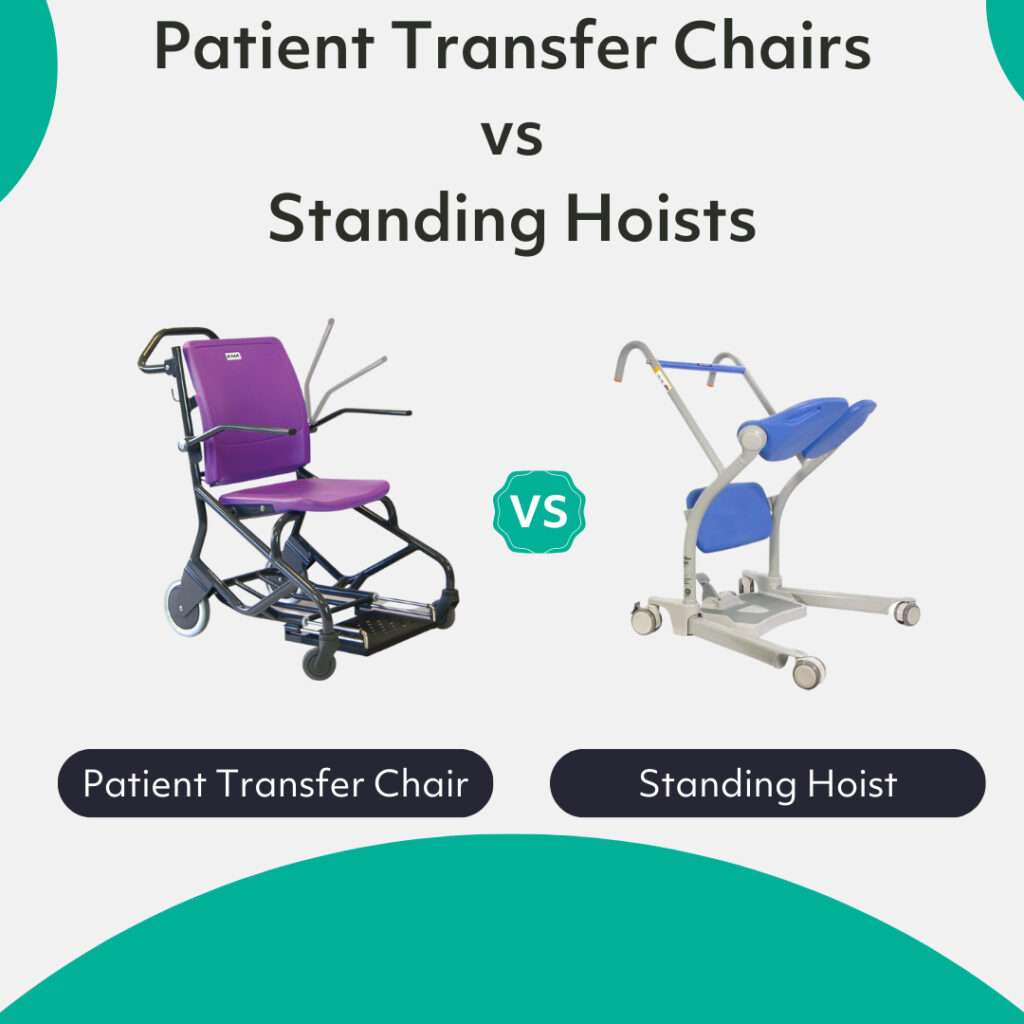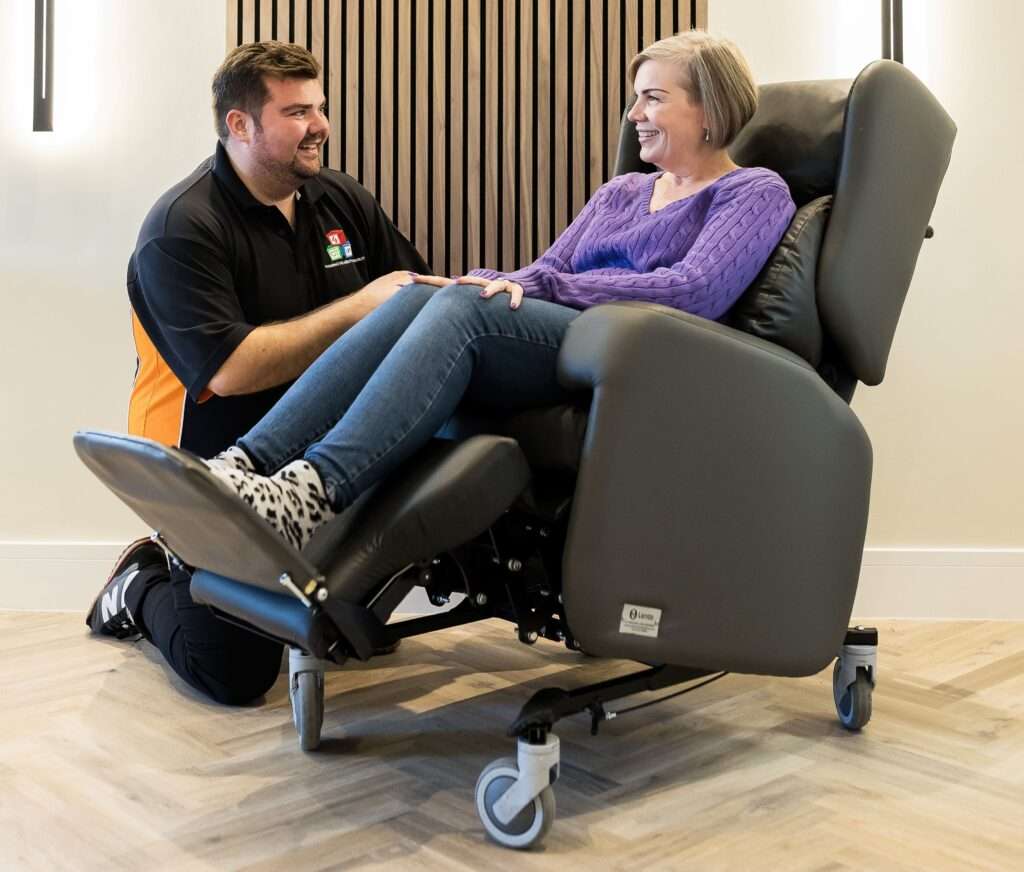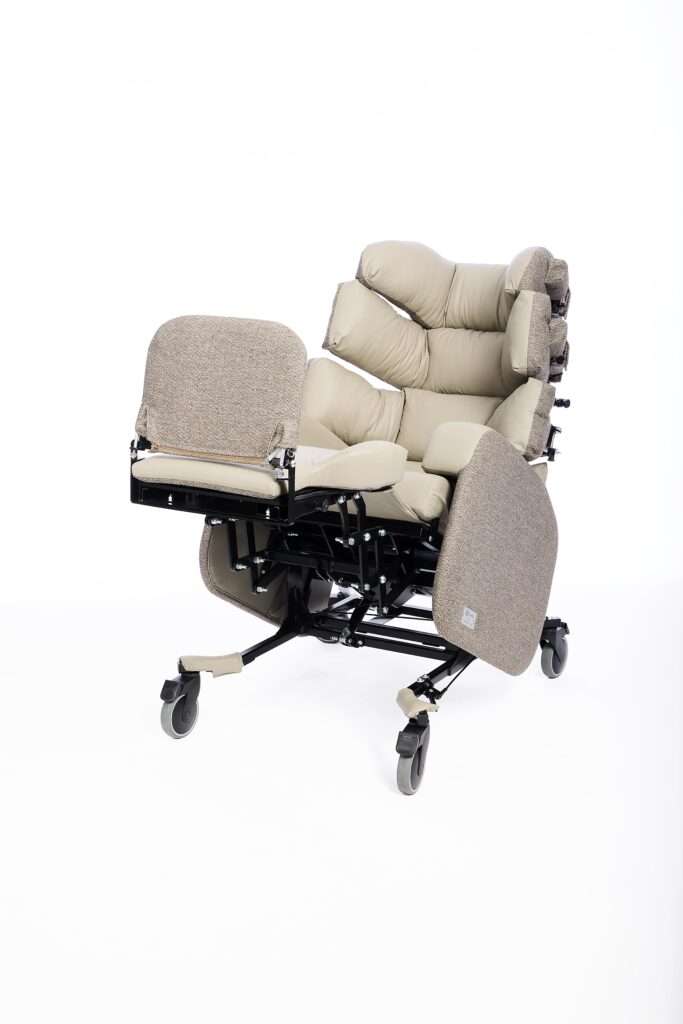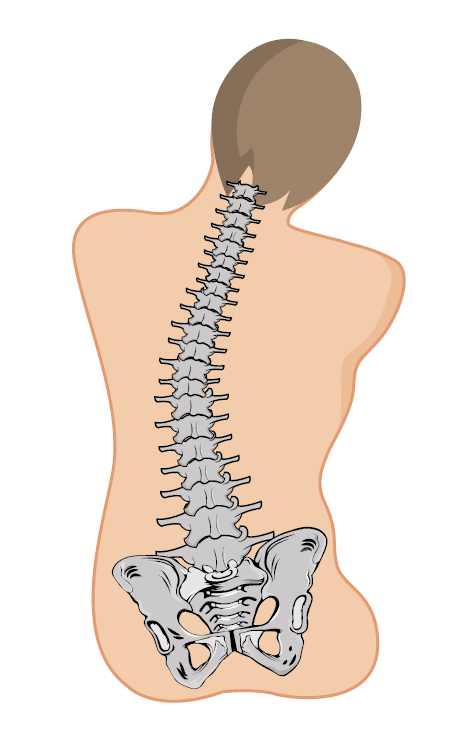Mobility aids are essential pieces of medical equipment that help patients move around with ease. Two of the most popular mobility aids in acute and community care environments are patient transfer chairs and standing hoists.
Both of these types of patient mobility aids have unique features that make them ideal for different situations.
In this blog post, we will compare patient transfer chairs and standing hoists and discuss their main features, patient & carer benefits, as well as the differences between both mobility aids.
Why is Patient Transfer Important?
Patient transfer is an essential part of a good quality healthcare experience, particularly for people with reduced mobility.
This equipment is designed to help low mobility people who can’t move easily on their own.
It is important to choose the right type of mobility aid based on a patient’s needs and the environment where the transfer equipment is going to be used.
Patient Transfer Aids | Hospitals & Care Homes
In hospitals, care/nursing homes, and private residences, appropriate patient transfer equipment is crucial to ensure the safety and well-being of patients and their caregivers.
In hospitals and other multi-user care environments where patients might need to be moved a lot, having proper equipment ensures their safety and comfort.
Proper patient transfer techniques and equipment can prevent falls, reduce the risk of injury to both patients and caregivers, and improve the overall quality of patient care.
Patient Transfer Aids for the Home
Even in private homes, having tools like the ‘Sara Stedy‘ or the ‘i move’ patient transfer chair can make a big difference. They provide a helping hand, allowing someone to stand or move between places with less effort.
In all the above settings, a having a patient transfer aid on hand helps, not only because it keeps the patient and carer safe but also preserves the dignity and independence of the person needing assistance.
So, having the right patient transfer equipment is like having a reliable friend always ready to lend support.
Explore Our Standing Hoists
What are Patient Transfer Chairs and Standing Hoists?
Patient transfer chairs are mobility aids that help patients move from one place to another.
They are designed to be used in confined spaces such as hallways, bathrooms, and bedrooms. These chairs have wheels that allow them to be moved easily and have adjustable leg rests and armrests for maximum comfort.
Imagine if a reduced mobility person needs to get up from their bed and sit in a wheelchair. The patient transfer chair makes this move easier for her and the person helping her.
What is a Patient Transfer Chair?
For example, the ‘i move’ patient transfer chair is a kind of chair that has special parts to lift and move a person safely.
It’s designed with comfortable cushions and handles, so the person can sit on it comfortably while being moved. It’s like a helpful friend that makes sure people can change places without any worries.
What is a Standing Hoist?
Standing hoists, on the other hand, are mobility aids that help patients who have difficulty standing up.
They are designed to lift patients from a sitting position to a standing position. They have a sling that goes around the patient’s waist and legs, which is then lifted by the hoist.
For instance, the ‘Sara Stedy‘ standing hoist is a good example. It’s designed to give support and help someone stand safely.
You sit on a seat, and the standing helps lift you into a standing position. It’s like a friendly hand that gives you a boost when you need it.
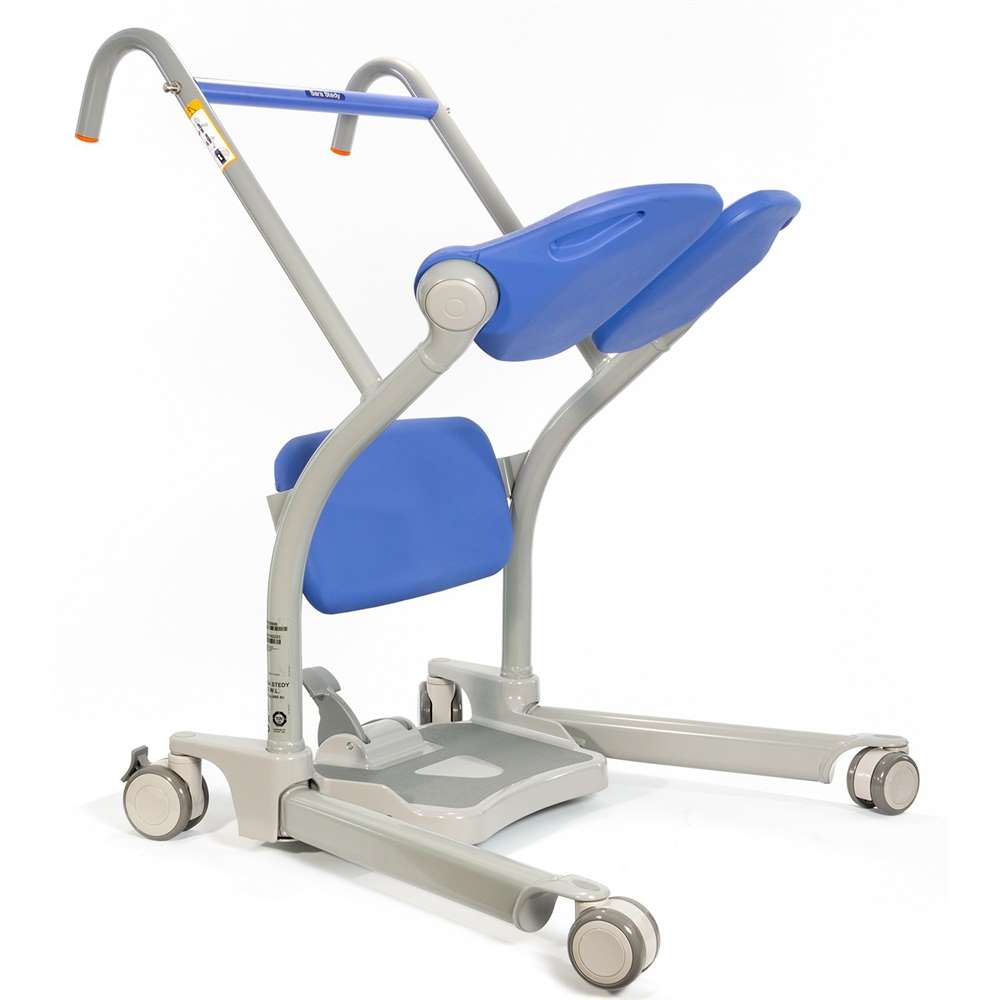
The Sara Stedy reduced mobility patient standing hoist is widely used in the NHS and is a favourite due to its reliability.
Sara Stedy Standing Hoist
Comparing Patient Transfer Chairs and Standing Hoists
The main difference between patient transfer chairs and standing hoists is that patient transfer chairs are designed to transfer a low mobility person into a seated position.
Standing hoists on the other hand are created to help a reduced mobility patient get up to a standing position.
Another difference is in their size, standing hoists can be quite large and cumbersome because they accommodate a standing patient, in comparison to patient transfer chairs which can be very small and compact to accommodate a seated patient.
Unique Selling Points
- Patient transfer chairs are compact and easy to manoeuvre, making them ideal for use in small spaces.
- Standing hoists can be used along with a compatible riser recliner patient chair, which offers more comfort and support to the patient.
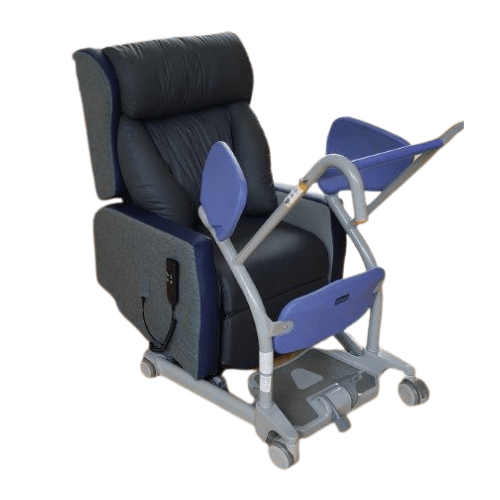
The Sara Stedy compact is one of multiple standing patient hoists that can be used alongside the Lento riser recliner chair.
Standing Hoist Compatible Chairs
Patient Benefits
- Patient transfer chairs provide a safe and comfortable way to move patients from one place to another, reducing the risk of injury to both the patient and the carer.
- Standing hoists help patients who have difficulty standing up, offering them more independence and improving their quality of life.
Size and Ease of Use
- Patient transfer chairs are smaller, more compact and easier to use in confined spaces.
- Standing hoists require more space and are best suited for use in larger areas.
Carer and Healthcare Professional Benefits
- Patient transfer chairs reduce the risk of injury to carers, allowing them to move patients with ease and comfort.
- Standing hoists provide a safe and efficient way for healthcare professionals to lift patients, reducing the risk of injury to both the patient and the carer.
Explore Our Standing Hoists
Summary
Patient transfer chairs and standing hoists are both essential mobility aids that offer unique benefits to patients and carers.
Patient transfer chairs are ideal for use in small spaces and provide a safe and comfortable way to move patients.
Standing hoists are ideal for patients who have difficulty standing up and can be used along with a compatible riser recliner patient chair.
Both mobility aids offer benefits to carers and healthcare professionals, reducing the risk of injury and improving patient care.





